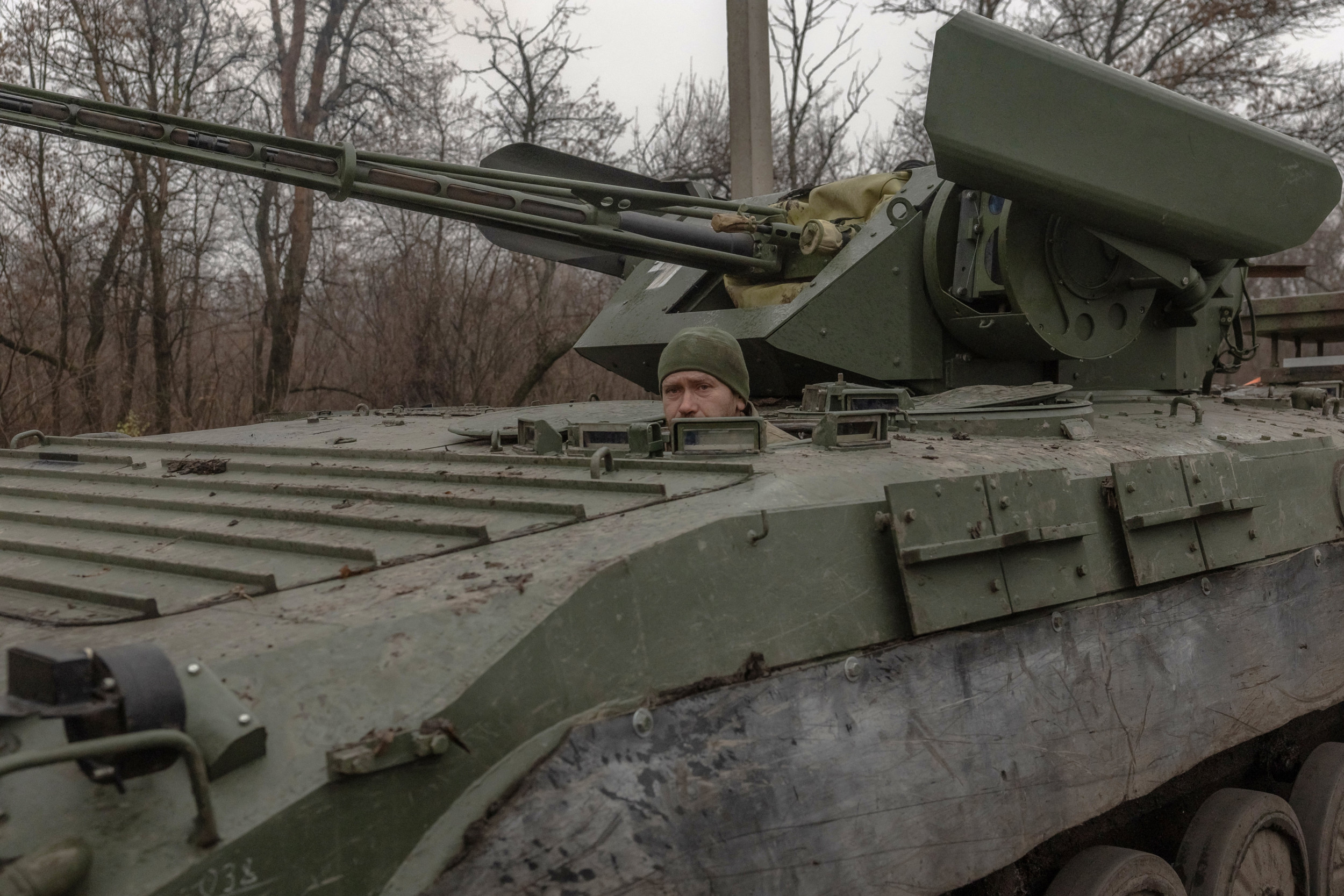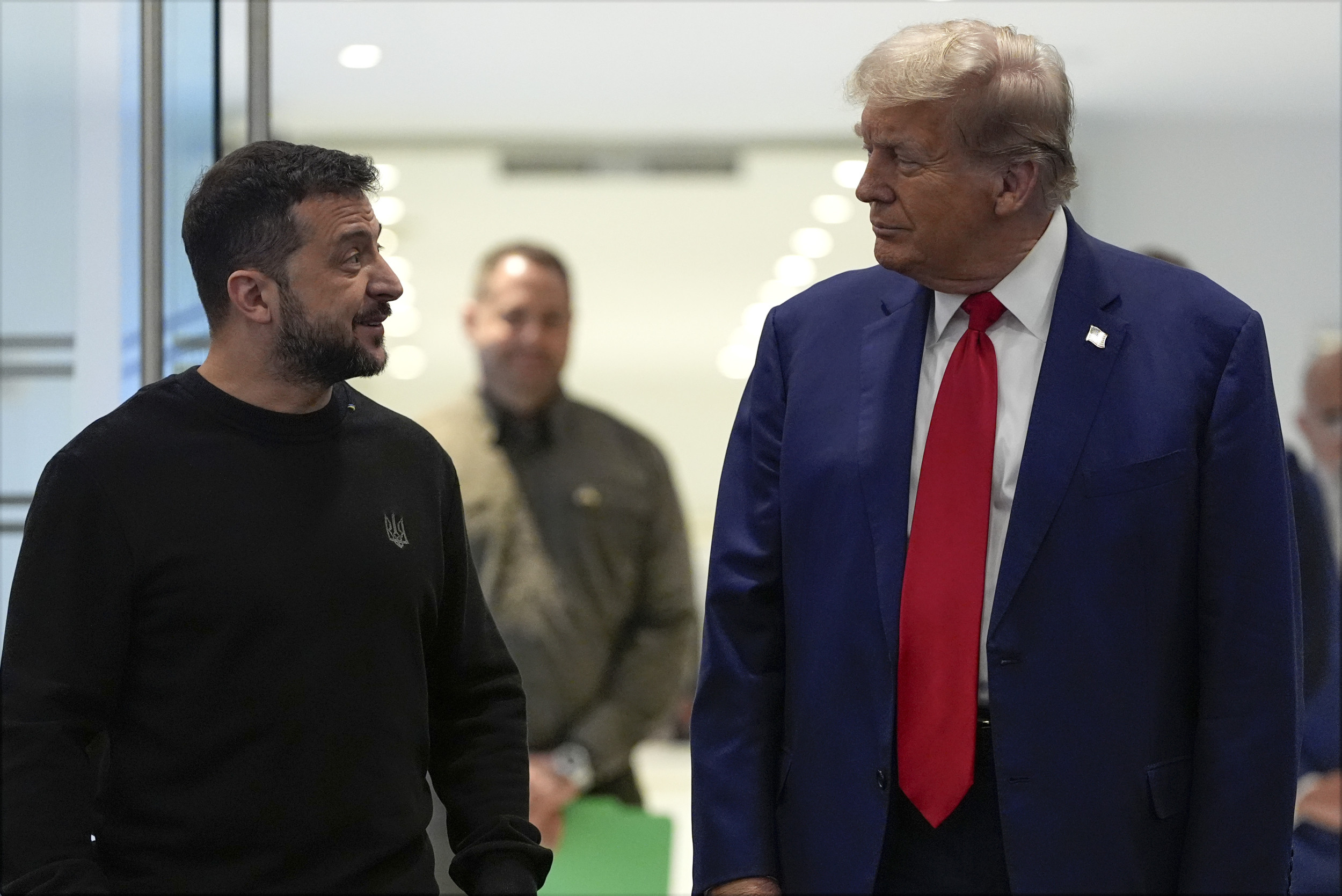Companies from the United Kingdom (U.K.), Italy and Japan are set to collaborate on a new fighter jet.
The Jet
Under the agreement, Britain's BAE Systems, Italy's Leonardo and Japan Aircraft Industrial Enhancement (JAIEC) will each hold an equal one-third stake in the new joint venture, pending regulatory approval.
The triangular-shaped jets will feature supersonic capabilities and state-of-the-art technology, including a digital cockpit equipped with virtual reality. Pilots will have key information displayed directly in front of them to enhance situational awareness.
"This agreement is the result of an intensive journey made possible by pooling our mutual and shared experiences," Roberto Cingolani, Leonardo's chief executive, said.
The Global Combat Air Programme (GCAP) will be headquartered in the U.K., with operations spread across all three partner nations. Under the agreement, the first chief executive will be appointed from Italy.
"The new business will bring together the significant strengths and expertise of the companies involved to create an innovative organization that will lead the way in developing a next generation combat air system, creating long-term, high value and skilled jobs across the partner nations for decades to come," Charles Woodburn, BAE Systems' chief executive, said following the agreement.
The goal is to have the jets in the skies by 2035.

JAIEC President Kimito Nakae said that the path to creating the new aircraft "might not always be simple and straightforward" but noted that "through continuing the strong spirit of trilateral cooperation and collaboration that we have fostered up to this point, we will not only deliver the GCAP on time but also at a level that exceeds all of our expectations."
New British Anti-Drone Laser
In addition to the new fighter jet, the U.K. Ministry of Defense (MOD) announced this week that the British Army had successfully fired a "high-energy laser weapon" from "an armored vehicle for the first time."
In a statement obtained by Newsweek, the MOD noted that the laser "successfully destroyed flying drones" and called the demonstration a show of "game-changing warfare technology."
"It works by directing an intense beam of infra-red light in the form of energy towards its target using advanced sensors and tracking systems which maintain lock-on and accuracy in real time. Unlike conventional munitions, laser weapons are virtually limitless in terms of ammunition supply, which means they could represent a cost-effective alternative to some current in-service weapons," the U.K.'s MOD said. "The laser was integrated onto a Wolfhound—a protected troop-carrying vehicle—where soldiers from 16 Royal Artillery were able to track and down hovering targets at Radnor Range in mid-Wales."
This article includes reporting from the Associated Press.



















 English (US) ·
English (US) ·